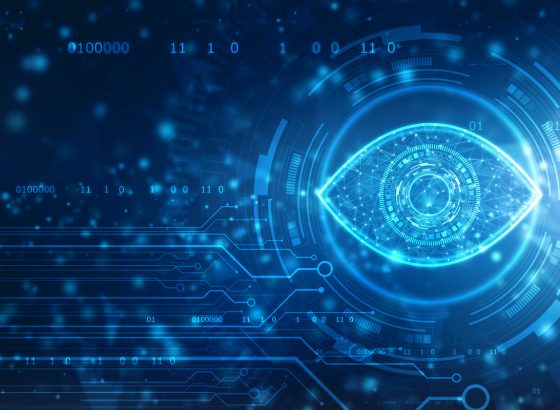Did you know that the human eye can distinguish between 10 million colors? That’s more than any computer! But, what happens when we want a machine to see something? That’s where vision technology comes in.
Vision technology is the use of machines to capture and interpret images. It’s based on the same principles as human vision but can often achieve far greater accuracy and speed. For example, automated inspection systems can detect subtle defects in products that would be almost impossible for a human to spot.
Vision technology is constantly evolving, and new applications are continually being found. Today, it’s widely used for various purposes, such as monitoring factory floors for safety hazards, performing facial recognition, or converting web materials. But as computing power and artificial intelligence continue to advance, the potential uses for vision technology are only limited by our imagination.
There are two main types of vision technology: machine vision and computer vision. This article will discuss the differences between these two types of technology.
Distinguishing Machine Vision From Computer Vision
Machine vision and computer vision are both technologies that aim to mimic the human eye’s ability. However, there are some critical differences between the two.
Machine vision is a branch of engineering that designs and implements algorithms that allow machines to “see” and interpret the world around them. In contrast, computer vision seeks to develop algorithms that enable computers to gain a high-level understanding of digital images.
In other words, machine vision aims to create systems that can perform specific tasks, such as counting objects or inspecting for defects. In contrast, computer vision strives to build algorithms that can give computers a more general understanding of the content of an image.
What is machine vision technology?
Machine vision system technology is a subcategory of computer vision that refers to the use of computers to interpret and understand images. Machine vision is commonly used in industrial settings such as packaging and printing to provide quality control, inspection, and accurate guiding. In recent years, machine vision has been increasingly utilized in conjunction with artificial intelligence (AI) and used for consumer applications such as facial and object recognition.
Some typical applications for machine vision include:
- Quality control: Machine vision can inspect products for defects or inconsistencies. For example, a machine vision system might be able to detect if a screw is missing from an assembled product.
- Inspection: In many industries, it is essential to inspect products for damage after they have been through the manufacturing process. Machine vision can be used to quickly and accurately identify any defects or damage.
- Guiding: In some industrial settings, it is necessary to guide objects through a process or assembly line. Machine vision can track an object’s movement and provide instructions on where it needs to go next.
What is computer vision technology?
Computer vision technology is a field of computer science that deals with how computers can be made to gain a high-level understanding of digital images. The goals of computer vision are similar to that of human vision: detection, identification, and manipulation of objects.
Computer vision technology has many potential applications, including:
- Self-driving cars: By using cameras and other sensors to detect objects in the environment, computer vision can enable cars to navigate without human input. This technology is used in self-driving prototypes and is expected to become more widespread in the coming years.
- Pedestrian detection: This is typically used for public safety and autonomous driving applications. By detecting pedestrians, cars can avoid accidents and better adapt their speed and driving patterns to the surrounding environment.
- Barcodes/RFID: This technology automatically reads barcodes on products, allowing businesses to track inventory and streamline their operations. RFID tags embedded in ID cards or collars can also be used to track people or animals.
- Product defect inspection: By inspecting products for defects before they are shipped, companies can save money on customer returns and improve the quality of their products.
Conclusion
In conclusion, machine vision and computer vision are distinct but closely related fields. Machine vision is generally concerned with the automated inspection of objects, while computer vision is focused on the interpretation of digital images. However, both disciplines make use of similar methods and technologies.
At Maxcess, we offer machine vision technology as a part of our extensive collection of web handling solutions for industries such as packaging, tags & labels, and more. Our systems identify flaws in the web of material before they can damage the final product, ensuring quality at every step of the manufacturing process. As an industry leader, Maxcess also offers cutting-edge AI as an upgrade to currently offered machine vision solutions.
If you’re looking for a reliable and efficient way to detect defects in your production line, contact us today to learn more about our vision systems.
